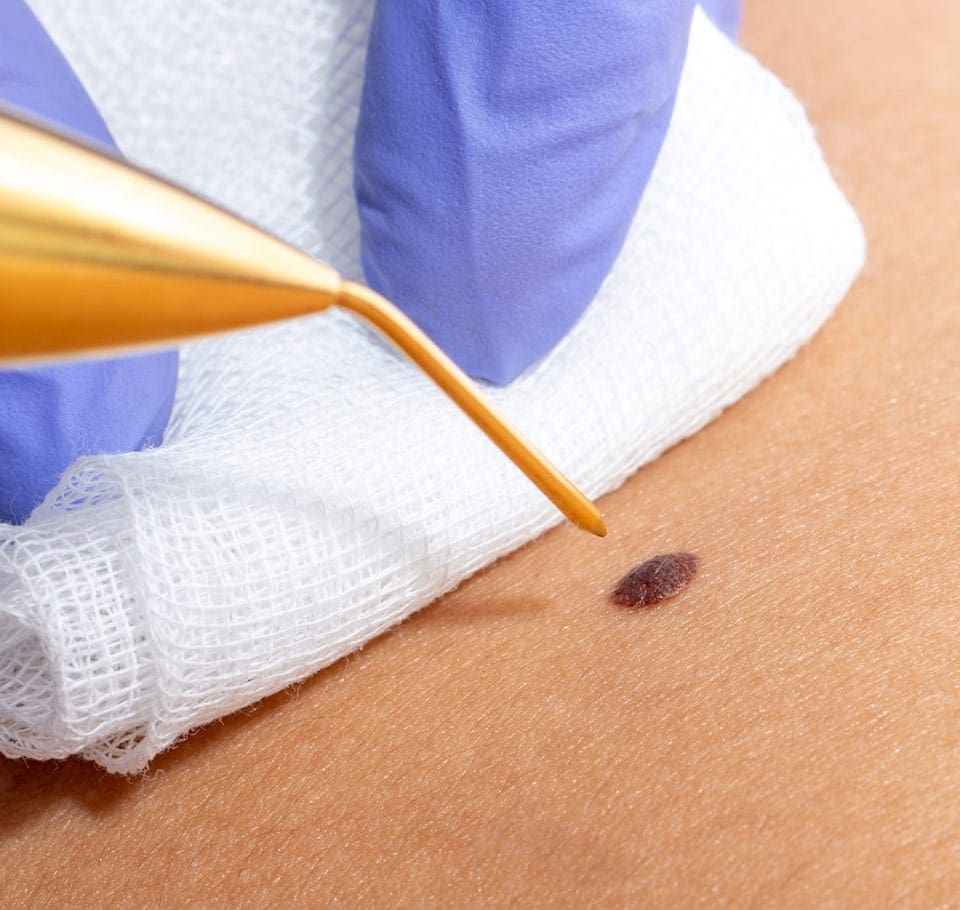September 16, 2024
Cherry Angioma Cherry Hemangioma
What Is A Cherry Angioma? Signs, Triggers, Elimination Cherry angiomas most commonly begin showing up around age 40 and some quotes suggest that most of adults will certainly have at least one by age 70. If you've never heard of a cherry angioma, possibilities are you
CryoPen procedure contend least seen one-- whether you understand it or not. Well, cherry angiomas are the most usual kind of angiomas, or benign lumps, adults create on their skin.
If You See Modifications In Previously Stable Skin Sores
They are additionally referred to as Campbell de Morgan areas, aged angiomas, and cherry hemangiomas. These tiny, intense, cherry-red places are noncancerous skin sores-- and they are common, specifically in people over the age of 40 years. Although they don't disappear by themselves, they aren't hazardous, according to the Milton S. Hershey Medical Center.
What Are Cherry Angiomas?
- While cherry angiomas are themselves safe, they can in some cases look comparable to a lot more unsafe sores.
- It is intended for general educational purposes and is not meant to be a substitute for expert clinical recommendations, diagnosis, or therapy.
- Although rare, these crawler angiomas could signify a creating issue, such as liver damage.
- Dermatology Allies in Sugar Land, Texas, "Fortunately is you do not have to have cherry angiomas got rid of.
- Cherry angiomas can be as tiny as identify dots, appearing like petechiae, to elevated lesions numerous millimeters in diameter.
Then the skin doctor generally uses electrocauterization afterward to control bleeding. Keep reading to see photos of cherry angiomas and learn more about removal choices. One more kind of angioma, called crawler angiomas, can signal the advancement of liver damage.
Cherry Angioma Images
Cherry angiomas are more common after 30 - Reno Gazette Journal
Cherry angiomas are more common after 30.
Posted: Tue, 23 May 2017 07:00:00 GMT [source]
Cherry angiomas are non-cancerous skin growths that are comprised of capillary that have actually clumped together. They can be red or purple, round- or oval-shaped, and may be smooth and level or increased. While cherry angiomas are typically pinhead-size, they can grow to numerous millimeters in diameter. Try to avoid trauma to the sore(s), which may trigger irritability and bleeding of the location. Seek treatment if the problem creates issues with a crucial physical function, such as your child's vision, breathing, hearing or capability to head to the bathroom. Also if your varicose capillaries do not feel uncomfortable, they can be dangerous. You should consult with a blood vessel professional to make certain you're secure. Some individuals have a solitary cherry angioma, while others have clusters. They generally raise in both size and number after the age of 40 years. Laser treatment makes use of highly concentrated light energy to ruin the cherry angioma skin cells. Laser therapy is also a lot more comfy and ensures less swelling, irritability, swelling, and scarring after treatment compared with various other treatment choices. If there is uncertainty concerning the appearance, a skin biopsy can verify the medical diagnosis. Cherry angiomas are noncancerous red bumps that form because of the clustering of capillary on the skin. They mainly take place in older people (older than thirty years of age). If you notice the bump on your skin remains to itch and is triggering you discomfort, contact your healthcare provider for treatment. Frequently, cherry angiomas will involute (decrease in dimension or disappear on their own) after shipment. Cherry angiomas are a benign problem that usually goes undetected. There are times, however, when cherry angiomas may trigger some discomfort. If Cherry angiomas become inflamed from too much rubbing, rupture, or bleeding, they can be bothersome and awkward. Cherry angiomas, as the name suggests, are cherry-red in look because of the collection of small lymphatic and capillary. Cherry angiomas, however, can also have a blue or purplish hue.
Can I eliminate cherry angioma at home?
